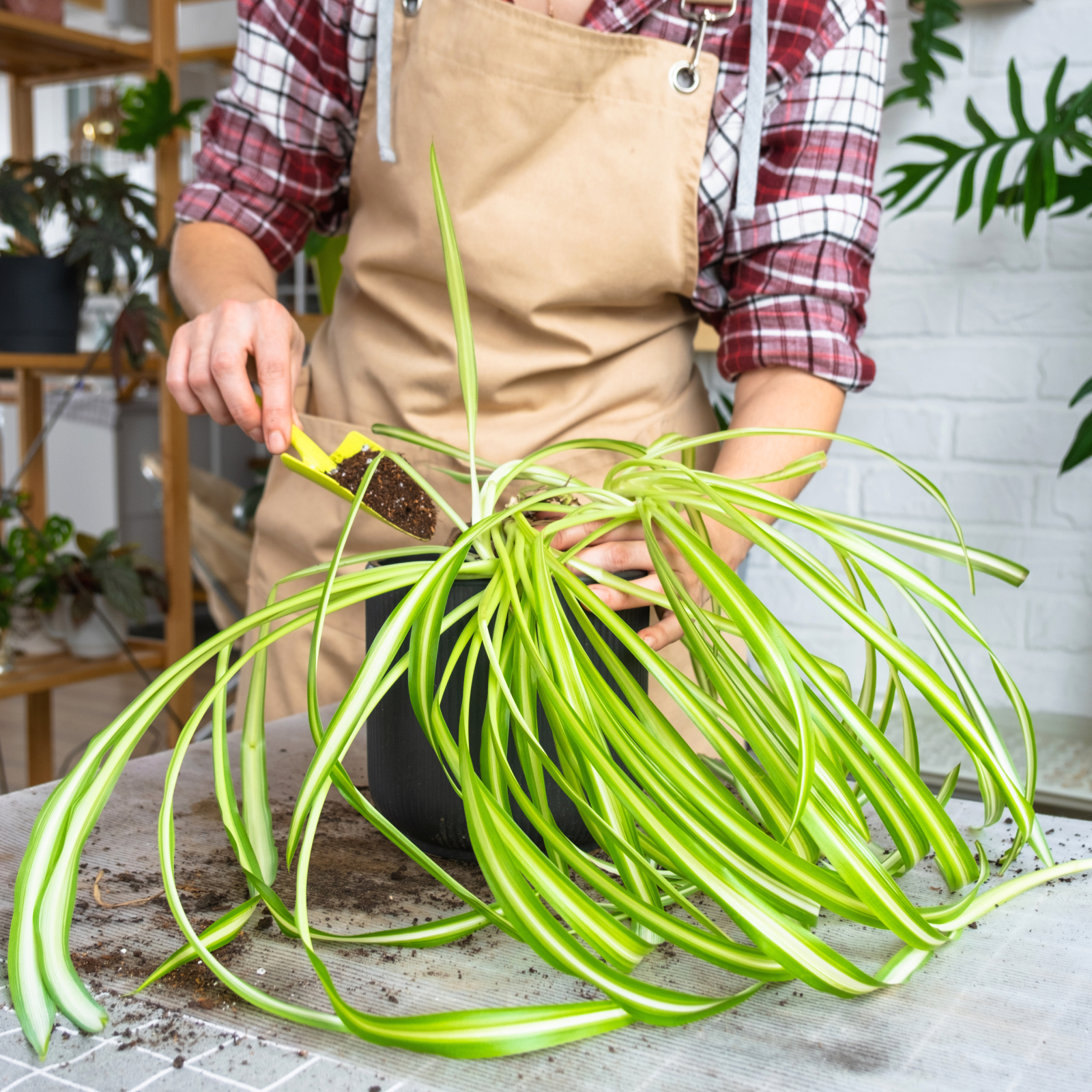Tangerine Tree Care - How To Grow Tangerines


Tangerine trees (Citrus tangerina) are a type of mandarin orange (Citrus reticulata). Their loose skin, easily pulled away from the fruit, and the sweet segments within make them a delicious treat. In the United States, the ‘Clementine' is the most familiar of the species and is readily available in grocery stores. This article is for those gardeners with an interest in how to grow tangerines or how to care for a tangerine tree you already have.
Planting Tangerine a Tree
Unless you live in a tropical or sub-tropical region, you'll be growing tangerines in a pot. While they withstand cold temperatures better than most citrus, they still can't survive a hard freeze. Even in warmer climates, it's best to choose a sheltered place for planting. Tangerine tree growth is dependent on lots of sun, so choose a sunny spot as well. You might be tempted to try growing tangerines from seed, but in all likelihood, the tangerine trees that result from your efforts won't bear the fruit you're expecting. It's much better to purchase your tangerine trees from a reputable nursery. The plant will be grafted onto a rootstock and already have a year or two of growth. To know how to grow tangerines best, you'll need to gather a few things before you unwrap your tree. First, you'll need a container that leaves plenty of room for growth. While potted citrus trees don't mind being a little pot bound, you want to give your growing tangerine's roots plenty of room to expand. Don't go overboard. Just make sure there are a few inches (8 cm.) of free soil around the root ball than there was in the container it came in. Which brings us to the second item before planting. Tangerine trees like a neutral soil pH, so it's a good idea to wash off as much of the peat around the root ball as you can. Most good potting soils are already neutral and the addition of peat can drive the pH into the acid range. Place your tree into the pot and fill the area around the roots with soil. Set the tree at the same level as it came from the nursery and tamp the soil down well. Young tangerine trees need plenty of water until they're settled in their new home. Keep the soil moist, but not wet, for at least a week or two and then water regularly.
How to Care for a Tangerine Tree
Now that you're finished potting, it's time to talk about how to care for a tangerine tree. Tangerine trees grown in a pot need to be fertilized at least twice a year and as soon as you see new growth, it's time to begin. Set your pot in a sunny place and let nature take its course. When the weather is consistently above 40 degrees F. (4 C.), it's safe to move your tree outdoors -- although, like most houseplants, gradually moving your tangerine to its new microclimate will prevent shock and the loss of leaves. Follow the same process in the fall when temperatures begin to drop. When your tangerine tree is indoors, it will need to be watered when just the top of the soil is dry to the touch. During the time your potted tangerine tree is outdoors, it will need to be watered daily. When talking about how to care for a tangerine tree, we would be remiss not to mention the future. Unlike some other fruits, tangerine trees need no pruning. As it grows, your tree will need to be repotted about every three to four years. Like other houseplants, one size up in pot size should be enough. It will also take three to four years for your tangerine to bear fruit. So be patient and enjoy its beauty in the meantime. Once you taste the first fruits of your labor, you'll be glad you learned how to grow tangerines.
Gardening tips, videos, info and more delivered right to your inbox!
Sign up for the Gardening Know How newsletter today and receive a free copy of our e-book "How to Grow Delicious Tomatoes".

Jackie Rhoades began writing for Gardening Know How in 2010.
-
 4 Superfast Composting Methods: Turn Waste Into Garden Gold In 30 Days Or Less
4 Superfast Composting Methods: Turn Waste Into Garden Gold In 30 Days Or LessTry the fastest composting methods to turbocharge your pile and transform kitchen scraps and garden waste into finished compost in just a few weeks.
By Mary Ellen Ellis
-
 Best Spider Plant Soil – Complete Soil Guide And Expert Tips For Keeping Plants Happy
Best Spider Plant Soil – Complete Soil Guide And Expert Tips For Keeping Plants HappySpider plants are fun and easy plants to grow, but what is the best soil for a spider plant? Selecting the right soil is important so they can thrive.
By Bonnie L. Grant
-
 Tangerine Harvest Time: When Are Tangerines Ready To Pick
Tangerine Harvest Time: When Are Tangerines Ready To PickPeople who love oranges but don't live in a warm enough region to have their own grove often opt to grow tangerines. The question is, when are tangerines ready to pick? Click here to find out when to harvest tangerines in the home garden.
By Amy Grant
-
 Mandarin Orange Tree Care: Planting A Mandarin Orange Tree
Mandarin Orange Tree Care: Planting A Mandarin Orange TreeWhat are mandarin oranges and what is the difference between Clementines and mandarins? Read this article to learn more about these interesting citrus fruits and how to grow them in the garden.
By Amy Grant